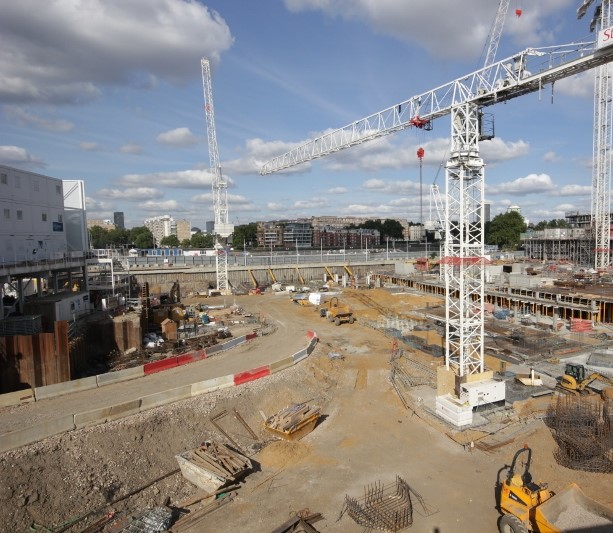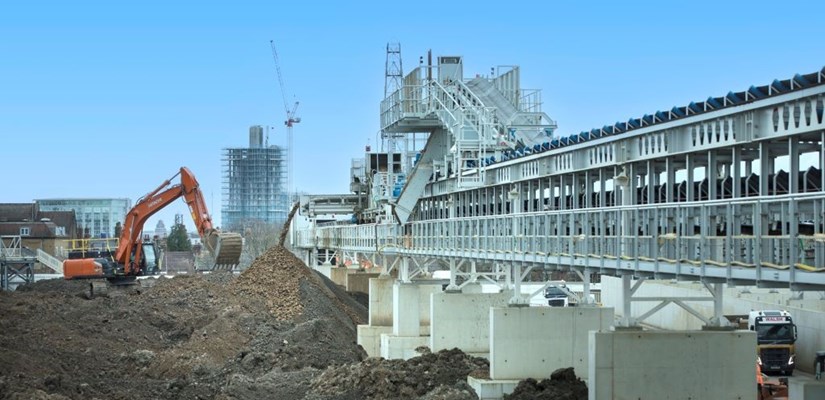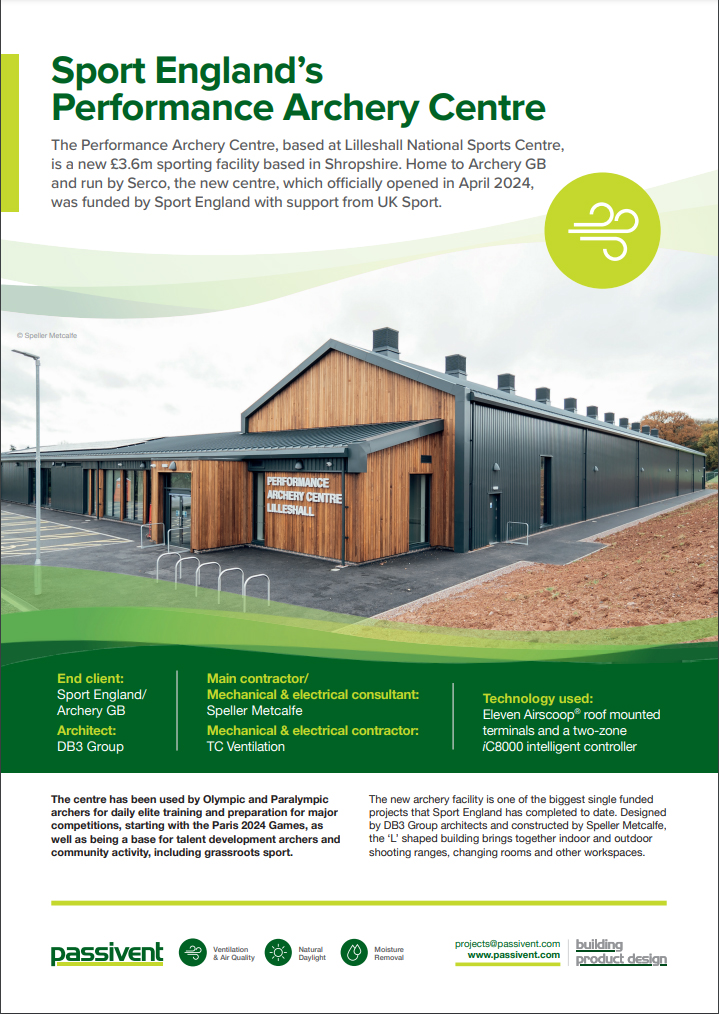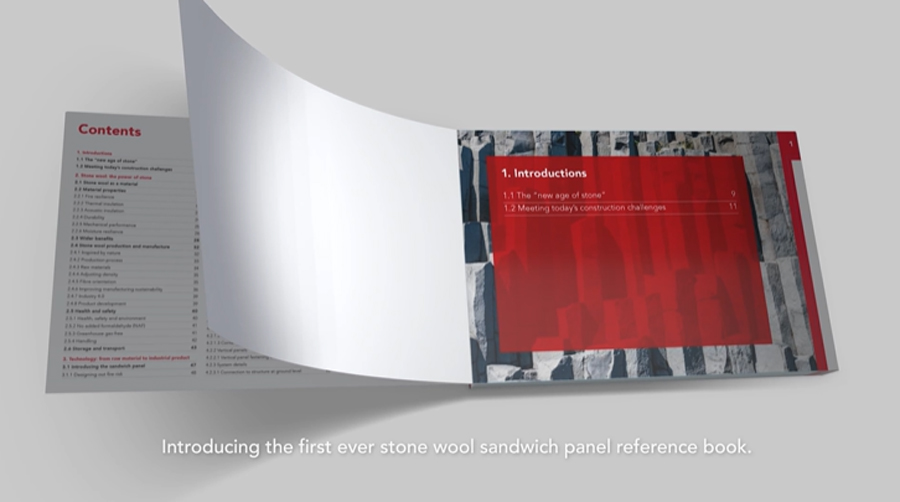From residential to commercial buildings, the UK’s built environment is responsible for 25% of the UK’s greenhouse gas emissions.
The Environmental Audit Committee (EAC) warns that to date there has been a lack of Government impetus or policy levers to assess and reduce these emissions. With climate deadlines looming, urgent action is needed.
To reduce the levels of CO2 in construction, for instance when using cement and steel, EAC recommends that the Government introduce a mandatory requirement for whole-life carbon assessments for buildings. This requirement should be fully incorporated in building regulations and the planning system.
Such an assessment would calculate the emissions from the construction, maintenance and demolition of a building, and from the energy used in its day-to-day operation. The UK is currently lagging behind countries such as The Netherlands and France which have established mandatory whole-life carbon assessments for their built environment.

Once these assessments are in place, the Government should develop carbon targets for buildings to align with the UK’s net zero goals. A clear timeframe for introducing whole-life carbon assessments, and ratcheting targets, should be set by the Government by the end of 2022 at the latest, and they should be introduced not later than December 2023.
Retrofit and reuse of buildings, keeping the carbon locked in, should be prioritised over new build. While the Government states it is prioritising retrofit and reuse, the Committee is concerned that reforms to permitted development rights appear to have created an incentive for demolition and new-build over retrofit. The Government must therefore urgently evaluate the impact of recent reforms to ensure that retrofit and reuse are prioritised.
Where retrofit is not possible, EAC recommends efficient and more effective use of low-carbon building materials. The Government’s investment in the development of low-carbon cements is welcome, and mandating whole-life carbon assessments for buildings could encourage the use of more recycled steel and other recycled building materials. EAC recognises the potential of timber as a low-carbon construction material, though the Committee identified significant hurdles to its wider use, such as appropriate sourcing, enhanced tree planting and a current skills gap in timber use in construction.
As EAC has identified in previous reports, the UK is facing a chronic skills gap in energy efficiency and retrofit. Without these vital green skills in the UK economy, net zero ambitions will fall flat. EAC is therefore reiterating its previous recommendation that a retrofit strategy and upskilling programme be developed and published. In addition, EAC recommends that training in undertaking whole-life carbon assessments is made accessible through the education system.
Environmental Audit Committee Chairman, Rt Hon Philip Dunne MP, said: “From homes to offices, retail units to hospitality venues, our buildings have a significant amount of locked-in carbon, which is wasted each time they get knocked down to be rebuilt, a process which produces yet more emissions.
“Ministers must address this urgently. Promising steps are being taken: for instance, the Levelling-Up, Housing and Communities Secretary of State recently paused the demolition and retrofit of Marks and Spencer on Oxford Street on environmental grounds.
“But much more needs to be done, and baseline standards for action need to be established. Mandatory whole-life carbon assessments, and targets to crack down on embodied carbon, provide part of the answer. Constructors and developers can then determine which low-carbon materials, such as timber and recycled steel, they can use.
“As in many other areas in the drive to net zero, the UK must have the green skills to make its low carbon future a reality. Before the summer recess in July, I urge the Government to publish a retrofit strategy and upskilling programme that can ensure the UK economy will have the green jobs necessary to deliver a low-carbon built environment.”
RIBA President, Simon Allford said: "The Environmental Audit Committee’s (EAC) latest report puts into stark reality the action needed to reach net zero in the built environment.
“Having participated in the Committee's call for evidence, I am pleased to see that our key recommendations on embodied carbon have been adopted. This is a vital area where the Government’s policies on sustainability in the built environment have, to date fallen short.
“I urge the Government to adopt the EAC’s recommendations and collaborate with the construction industry, who stand ready to work hard to effectively deliver them.”
UKGBC’s Director of Communications, Policy & Places, Simon McWhirter described the committee’s report as “hard-hitting” and said it needs to act as a wake-up call to the Government.
“Embodied carbon emissions from the construction and refurbishment and demolition of buildings each year total more than aviation and shipping industries combined, yet the Government has no policies to measure and regulate this,” he continued.
“Our Roadmap to decarbonise the whole of the sector shows embodied carbon emissions must be slashed by more than half in the next decade for the UK to be on track for net zero by 2050. Whilst many of our members are working hard on this, without a consistent requirement to measure and mitigate embodied carbon it is far from mainstream practice across the industry. To see progress at scale, we need national regulation.
“This is a huge untapped opportunity to cut carbon emissions and at the same time generate skilled jobs in every part of the country.”
UKGBC’s Net Zero Whole Life Carbon Roadmap for the Built Environment is referenced several times within the EAC’s report. The Roadmap details a common vision and agreed actions for achieving net zero carbon in the construction, operation and demolition of buildings and infrastructure.



















